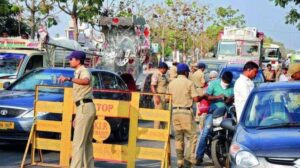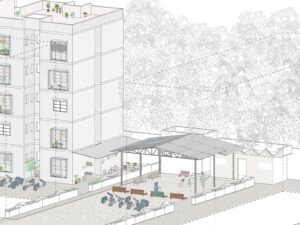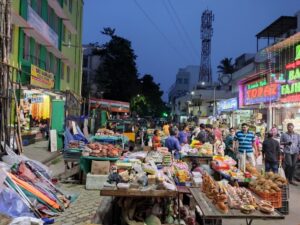
While I was growing up in a neighbourhood of West Delhi, it seemed to me like a slow-paced world. Neighbours did not move much. Visibility across the section of the street could unfold different layers of activities. Far more interaction was there that while I would come from school, it took me about twenty minutes, whereas the distance was merely five minutes. The engaging interactions are embedded in my memory as if it were yesterday.
We capture a romanticised version of what we see and feel in our childhood. About fifteen years ago, there were no smartphones so easily available for us to capture the “moment”. So, we rely on the poetic versions of the same.
Fairly enough, we cannot simply answer WHY we engaged in those streets while coming back from school.
It could be the ability to look across the footpath where, in the neighbouring house, a child was playing in the garden. A kid from another school would play around with the dogs. An old lady would be hanging clothes on a rope for them to dry in the sun.
I do not know if we had the time to engage with our surroundings or if the surroundings were engaging me.
The forever transit nature of built form. Mother Nature responds and adjusts accordingly. Our sensitivity towards those who cannot word how they feel is an exponential decrease. Do we wonder why this is? After years and years of pondering about it, I came to realize that we tend to oversimplify the layers and underestimate the roles of different aspects. The latest technological era surely is making some positive changes; however, the extremity of black and white seems to be more important than the whole spectrum of shades of grey.
For instance, we all are missing the bigger picture.
Where will our design be fixed in the jigsaw puzzle?
Value the open, and it will value the built.
Although, all discussions are incomplete unless the question of “WHY SO?” is raised.
Why is this the case?
Is it the greed of space or the cash?
Does it stem from our ignorance and short-sightedness? Or a mix of everything?
This is just an observer trying to articulate what she saw in her neighbourhood and what was
replicated in other areas of the city.
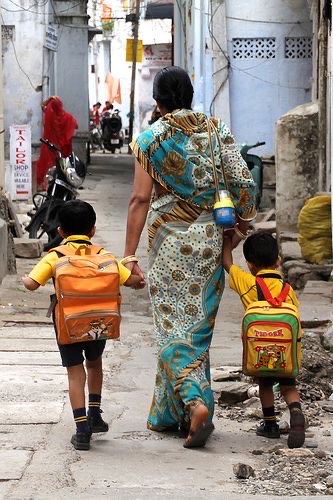
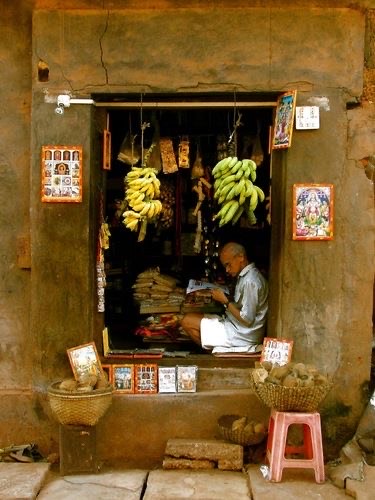
Mentors’ Comments
“Consummately structured piece which could have done with a tighter copyedit. Also, it would have helped if the writer had dug a little deeper.”
– Arpita Das
“Very interesting, insightful, would have liked a simpler ending – something more readable rather than a longish list of questions – scope to develop into a longer piece.”
– Peeyush Sekhsaria

